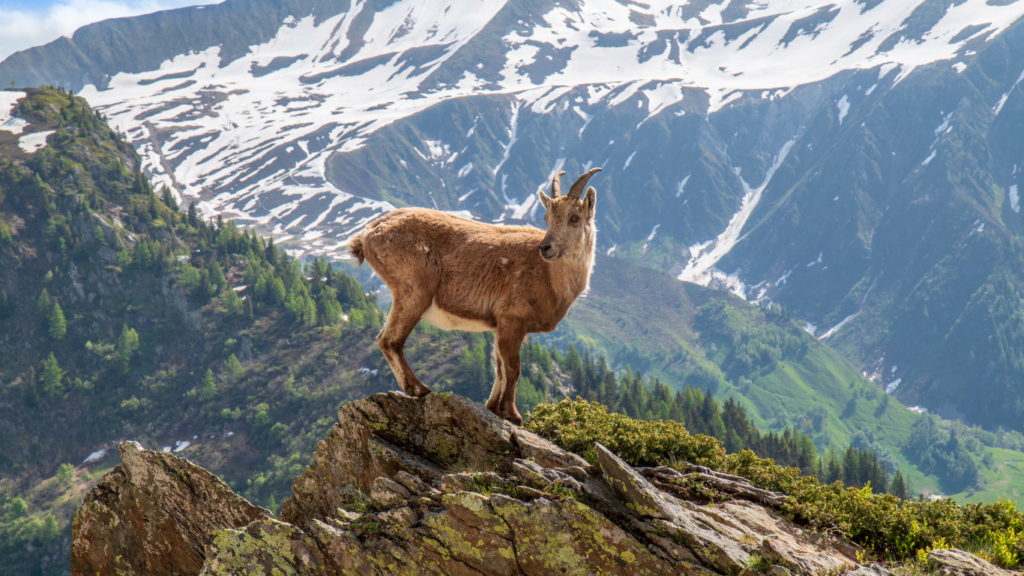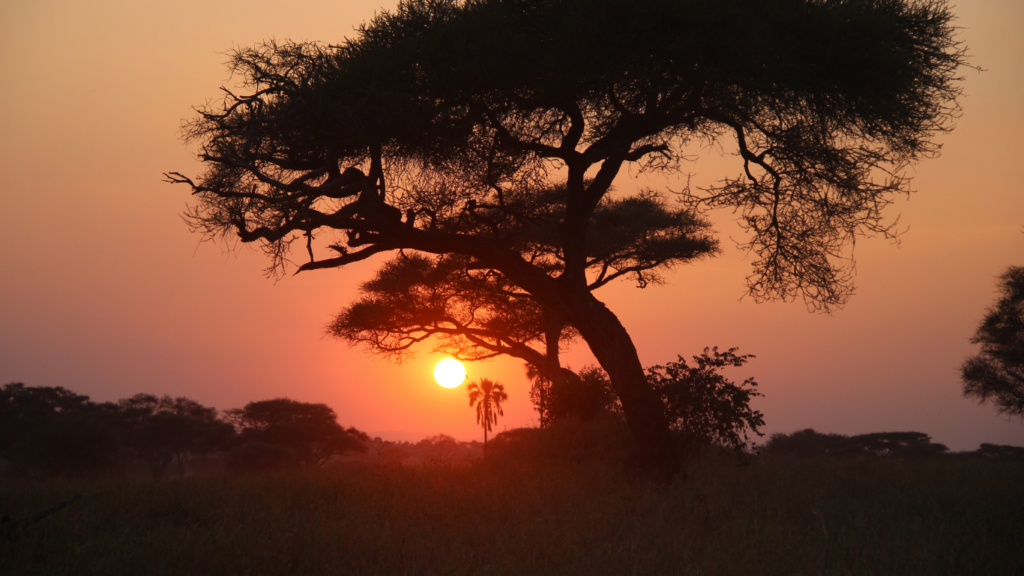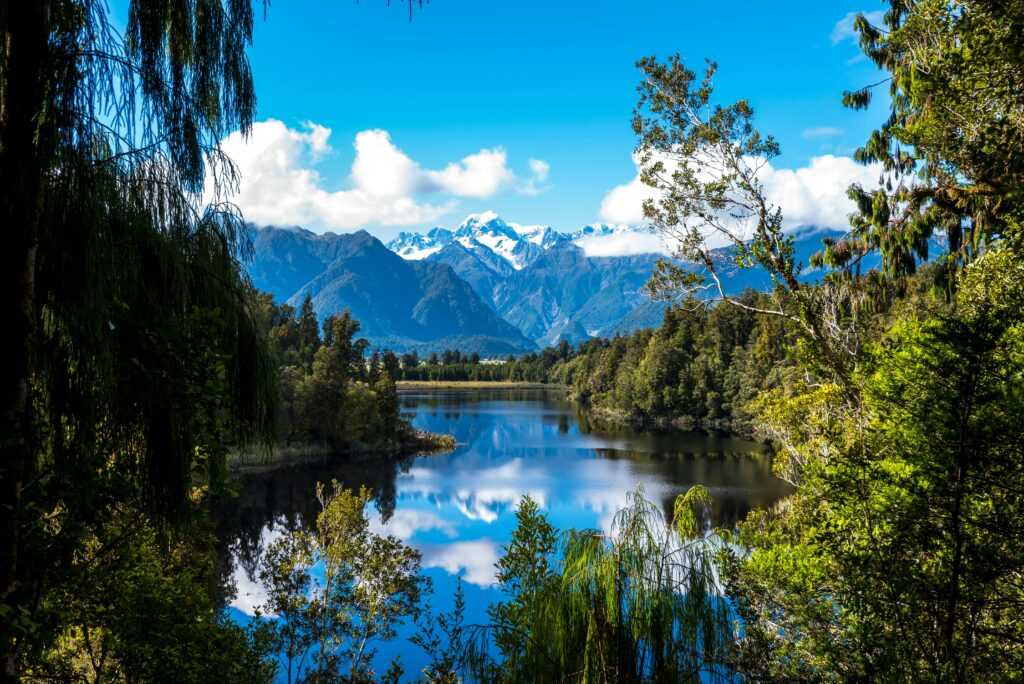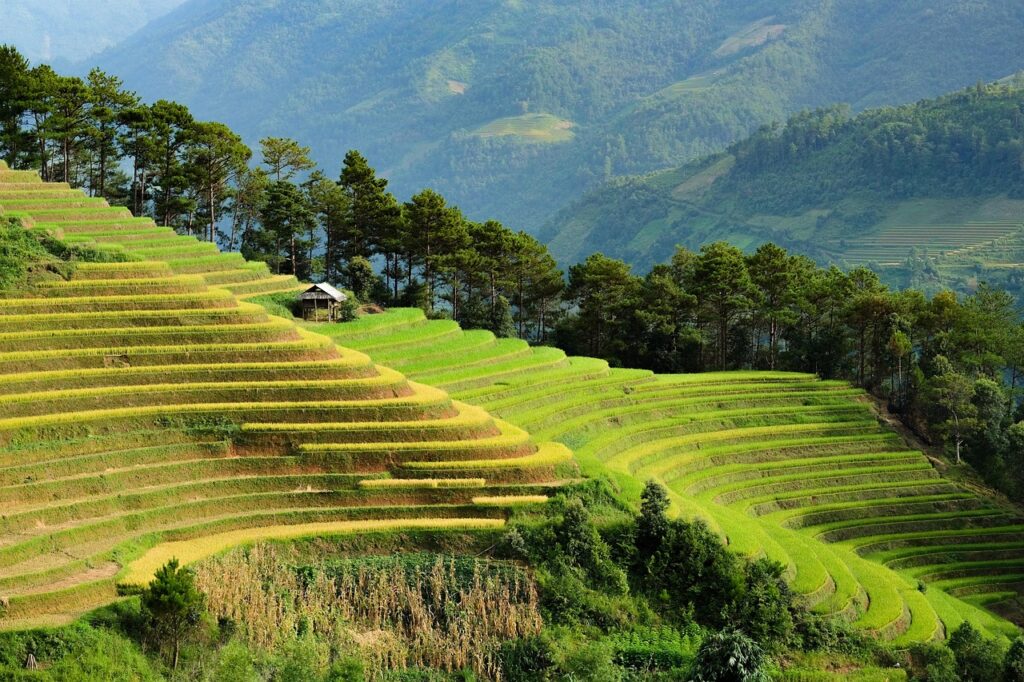Why Explore the World’s Wildest Places?
- Connecting with Nature
Experiencing nature’s raw beauty offers a unique thrill. Remote locations like the Amazon and Antarctica feature untouched ecosystems, diverse wildlife (e.g., jaguars or penguins), and landscapes that captivate the senses. Exploring these areas reminds us of Earth’s grandeur, providing a deeper appreciation of our planet. - Adventure and Challenge
Wild destinations challenge both physical and mental limits, offering a sense of accomplishment. Whether it’s trekking through dense forests or navigating icy terrains, each journey presents obstacles that test resilience and adaptability. - Cultural Enrichment
Indigenous communities in wild regions, such as the Amazonian tribes, offer insights into ancient traditions and ways of life. Engaging with these cultures enriches the travel experience, providing perspectives that differ vastly from urban existence. - Personal Growth
Venturing into remote areas fosters personal growth by pushing comfort boundaries and cultivating self-reliance. Each step into the unknown helps develop problem-solving skills and builds confidence, bringing invaluable life skills. - Exclusive Experiences
Wild places promise exclusive experiences unattainable in popular tourist spots. Observing rare species, discovering hidden waterfalls or caves, and witnessing natural phenomena like the Northern Lights are just a few examples. - Sustainable Travel
Exploring less-visited places often aligns with sustainable travel practices. By choosing eco-friendly travel methods and respecting local biodiversities, travelers contribute to conservation efforts, ensuring these pristine landscapes endure. - Enhanced Mindfulness
Disconnecting from technology allows for enhanced mindfulness. Immersed in nature’s tranquility, travelers can reflect and gain mental clarity, promoting overall well-being. - Environmental Awareness
Encountering diverse ecosystems firsthand heightens environmental awareness. Seeing the effects of climate change and habitat destruction underscores the importance of conservation efforts, inspiring proactive measures to protect our planet.
Top Wild Destinations

Exploring the world’s wildest places offers unparalleled experiences. A few standout destinations provide exceptional adventures, each with unique characteristics.
Amazon Rainforest
The Amazon Rainforest spans nine countries in South America. Covering approximately 2.1 million square miles, it’s home to diverse wildlife like jaguars, sloths, and anacondas. While trekking through the dense jungle, I marveled at exotic plants and vibrant birds. Due to its complex ecosystem, travelers should prepare for high humidity and frequent rain. Guided tours ensure safety and deeper understanding of this rich environment.
Sahara Desert
The Sahara Desert, the largest hot desert, spans 3.6 million square miles across Northern Africa. Visiting the Sahara, I’ve experienced the dramatic, shifting dunes and vast empty spaces. Daytime temperatures soar, while nights can be surprisingly cold. Camel trekking expeditions provide a traditional way to traverse the landscape. Ancient rock art and remote oases add cultural depth to the stark beauty.
Antarctica
Antarctica offers an extraordinary adventure on the world’s southernmost continent. Covering 5.4 million square miles, Antarctica presents extreme conditions with temperatures dropping below -40 degrees Fahrenheit. I was captivated by vast ice landscapes, towering glaciers, and unique wildlife like penguins and seals. Expedition cruises allow visitors to safely explore this remote frontier, emphasizing environmental protection and minimal impact.
Australian Outback
The Australian Outback, known for its rugged terrain and remote expanses, spans across multiple states. Characterized by red deserts, unique flora, and fauna like kangaroos and emus, the Outback offers a distinctive experience. Driving through the vast plains, I encountered ancient rock formations and indigenous cultural sites. Preparation is key, as temperatures can be extreme, and distances between services are vast. Guided tours enhance safety and knowledge of this iconic region.
Preparing for Your Adventure
Venturing into the world’s wildest places requires careful preparation. To ensure a safe and enjoyable trip, focus on packing the right gear, maintaining health and safety, and using reliable navigational tools.
Essential Gear
Choosing the right gear is crucial for any expedition. For example, sturdy hiking boots provide support on rugged terrain. Waterproof clothing protects against unpredictable weather. A durable backpack holds all necessary essentials comfortably. Items like multi-tools, portable chargers, and compact cookware enhance functionality and convenience.
Health and Safety Tips
Prioritizing health and safety minimizes risks. First, check vaccinations specific to the destination, as some areas require protection against diseases like yellow fever or malaria. Bring a comprehensive first aid kit with bandages, antiseptics, and personal medications.
Second, understand the local wildlife, including potential dangers like venomous snakes or insects, and take preventive measures. Use insect repellent and wear protective clothing. Use sunscreen and stay hydrated to avoid sunburn and dehydration in extreme climates.
Navigational Tools
Navigational tools ensure you stay on track. A GPS device provides accurate positioning, especially in areas with no mobile signal. Topographic maps offer detailed terrains, and a compass helps maintain direction. Pre-load waypoints and routes on digital devices when exploring remote areas without internet access. Combining digital and analog tools enhances navigation reliability.
Experiencing Local Wildlife
To fully enjoy the world’s wildest places, embracing the local wildlife is essential. Immersing myself in these environments offers unique encounters with flora and fauna, and highlights ongoing conservation efforts.
Flora and Fauna
Encountering diverse flora and fauna enhances any adventure. In the Amazon Rainforest, I marvel at over 40,000 plant species and spot exotic animals like jaguars and pink river dolphins. The Sahara Desert hosts resilient life forms like cacti and the fennec fox, thriving in harsh conditions. Antarctica, though icy, surprises me with its marine life, including seals, penguins, and krill swarms. In the Australian Outback, I witness kangaroos, emus, and ancient eucalyptus trees.
Conservation Efforts
Understanding conservation efforts allows me to appreciate the delicate balance of these ecosystems. The Amazon Region Protected Areas Program (ARPA) helps preserve significant portions of the rainforest. In the Sahara, initiatives like the Sahara Conservation Fund work to protect endangered species like the addax antelope. Antarctica’s Protocol on Environmental Protection ensures the continent remains pristine. In Australia, the Outback’s indigenous communities and organizations collaborate to conserve native wildlife and habitats.
This attention to flora, fauna, and conservation efforts enriches my travel experiences in these wild places.
Cultural Interactions
Engaging with local cultures can deeply enrich travel experiences in wild places. Understanding indigenous communities, languages, and traditions provides unique insights into these remote regions.
Indigenous Communities
Indigenous communities play a vital role in preserving the cultural richness of remote destinations. For instance, the Amazon Rainforest is home to numerous tribes, such as the Yanomami and Kayapo, who maintain traditional lifestyles despite modern pressures. In the Sahara Desert, the Tuareg people, known as the “Blue People” due to their indigo-dyed clothing, exhibit a rich heritage of nomadic practices. Antarctica has no indigenous population, but researchers and scientists working there offer a unique, multicultural environment. The Australian Outback is inhabited by Aboriginal groups like the Anangu and Yolngu, whose traditions date back over 60,000 years.
Languages and Traditions
Languages and traditions offer a window into the soul of these wild destinations. Indigenous languages, like Quechua in the Amazon or Tamasheq in the Sahara, are integral to cultural identity. In the Outback, the Aboriginal languages, such as Pitjantjatjara and Yolŋu Matha, are key to understanding local heritage. Traditional practices, including:
- Amazonian ritual dances
- Tuareg storytelling
- Aboriginal Dreamtime ceremonies
reveal vast and diverse cultural tapestries. Engaging with these aspects during travel enhances cultural appreciation and fosters meaningful connections.
Sustainable Travel Practices
Engaging in sustainable travel practices enhances the experience and supports the preservation of the world’s wildest places. I find that adhering to specific principles helps minimize my environmental impact and fosters respect for local cultures.
Minimize Waste
Reducing waste while traveling is crucial. I always carry reusable items like water bottles, utensils, and shopping bags to avoid single-use plastics. Additionally, I dispose of waste responsibly by separating recyclables from non-recyclables.
Support Local Economies
Supporting local businesses improves the economic well-being of the communities I visit. I prefer staying at locally-owned accommodations, dining at local restaurants, and purchasing souvenirs made by local artisans. This approach ensures that my spending directly benefits the local economy.
Respect Wildlife
Respecting wildlife in remote areas is vital. I refrain from feeding animals, maintain a safe distance, and avoid disturbing their natural habitats. For example, when visiting the Amazon, I only take photos from a distance to keep the animals safe.
Conserve Resources
Conserving resources like water and energy makes a significant difference. I take shorter showers, turn off lights and electronics when not in use, and choose eco-friendly transportation options, like biking or walking, whenever possible.
Educate Yourself
Educating myself about the destination’s environment and culture enhances my travel experience. I research conservation efforts and respect local customs and traditions. For instance, learning about Aboriginal practices in the Australian Outback enriches my understanding and fosters a deeper connection to the place.
Limited Impact Activities
Participating in low-impact activities minimizes environmental disruption. I opt for hiking, kayaking, and birdwatching, which have a smaller carbon footprint compared to motorized activities. This approach ensures that future generations can also enjoy these wild places.
Using these sustainable travel practices, I contribute to the preservation and respect of the natural and cultural heritage of the locations I explore.




